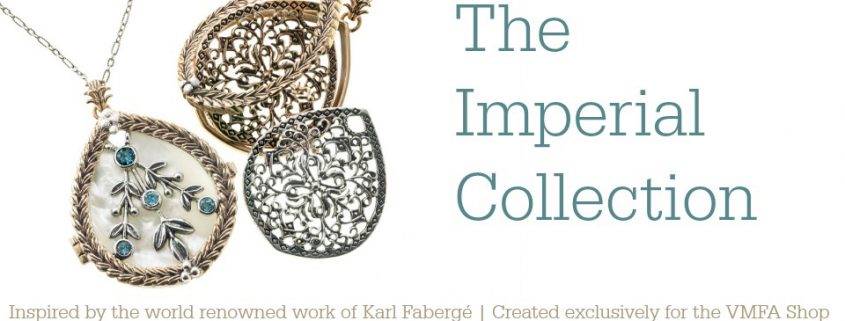Let’s Talk Product Development
August 7, 2017
By Michael Guajardo
Product development is soo easy! Right? Wrong. It is hard work! With the stakes so high, the goal is always to create a successful product. When I first got started, I had good intentions and a good amount of retail experience, but I had never created a product from start to finish. Fortunately, I’ve had my share of faux pas (doesn’t mistake sound great in French!) which have been great learning experiences. They would also make a great blog for another time (#PDfails.) So, let’s talk about product development.
Do Your Homework
Before investing in any PD project, you need to do your due diligence. That means research and more research. You want to consider everything in the broadest terms, to determine whether your product is viable and worth pursuing.
- What products or categories of products sell best in your museum store?
- What are your customers looking for?
- What are some of your best sellers?
- What items bring in the best profit margin?
- How would the new products enhance existing inventory?
Use all available resources, including financial and other reports, to identify whether the new product will likely be in demand by your clientele, whether it will enhance your existing inventory, and whether it will contribute to your shop’s bottom line.
Choose Your Inspiration
You can have the most amazing art piece in your institution, but struggle to develop products that would best complement it. Consider soliciting the opinions of your staff, colleagues and customers, to find out what pieces appeal most to them and what products would enhance their enjoyment of those pieces.
Once you’ve determined your inspiration piece, considering the following:
- Will you need any special permissions or licenses?
- Will you have to pay royalties in order to use the artist’s work on your product? (Use of exact reproductions or art in its original form might require permission from an estate or artist, especially if the art is not in the public domain.)
Pick the Right Vendor
Once you have determined that a new product is viable, it’s time to choose a vendor. This is an important decision, not to be taken lightly.
- Who can deliver what you want, at the price you want, and in the timeframes you want?
- Who can deliver a quality product?
- Who can you trust?
Develop a Budget, Projections and Timeline
Now that you have your concept, inspiration piece and have chosen a vendor, you need to create a budget.
- How much do I expect to sell/make from this project?
- What are the profit margins and projections anticipated to be?
- What are the criteria that will be applied to measure the project’s success or failure?
- Do you need someone in your institution to green light this project?
- Is your projection reasonable and achievable?
Also, consider developing a timeline that answers the logistics of the project, including:
- When do you want your product to arrive?
- Is there a sampling process? If so, how long will that take?
You and the vendor can then work backwards, from your desired delivery date, to create a timeline to ensure that the project begins on time and stays on track.
Focus on the Details
You might think that your work is over once you’ve identified the product you want to create, found the vendor to create it for you, and identified the art work you want to use. It’s the little details that make all the difference:
- What will be the dimensions, proportions and other aesthetics look like?
- Will a logo or other insignia be used?
- Will there be a credit line or other information on the item?
- How will the new product be packaged?
- Where will the new product be stored?
Promote Your Product
This is where you get to pull all of your hard work together. After creating a wonderful new product, you want to maximize its selling potential. Also, carefully consider the placement of the new products in the overall layout of your store.
- Where would the new product have the most impact?
- Where would it best complement your existing inventory of products?
Promotion, in all forms, is another key consideration. Start by training your own staff on the new product. Their knowledge and enthusiasm will excite your customers and motivate sales. Create product cards, graphics and spread the word within your own institution. Be ready to educate others about:
- Why the new product is special and what inspired its creation (e.g., new exhibition, art collection, etc.?)
- Where is the new product made (e.g., in the US, by artisans in other countries, etc.?)
- What materials were used to create it (e.g., fine silver, semi-precious stones, etc.?)
Celebrate Your Results
Launching a new product is a long and often arduous process. Take time to share the results of your project with your team and within your institution.
- Did you meet your projections?
- Do you need to change your strategy, placement or pricing?
- Did you share your results institution wide?
- Did you thank all those who contributed?
Tell me what have you learned while pursuing your own product development projects at Michael.guajardo@vmfa.museum. I would love to know!
Michael Guajardo is Director of Retail Operations for the Virginia Museum of Fine Arts in Richmond, Virginia. This blog was adapted from the 2017 MSA Forward presentation, Match Point: Product Development from Both Sides of the Net. The presentation was a collaboration between Cynthia Gale New York and VMFA Shop.









Leave a Reply
Want to join the discussion?Feel free to contribute!